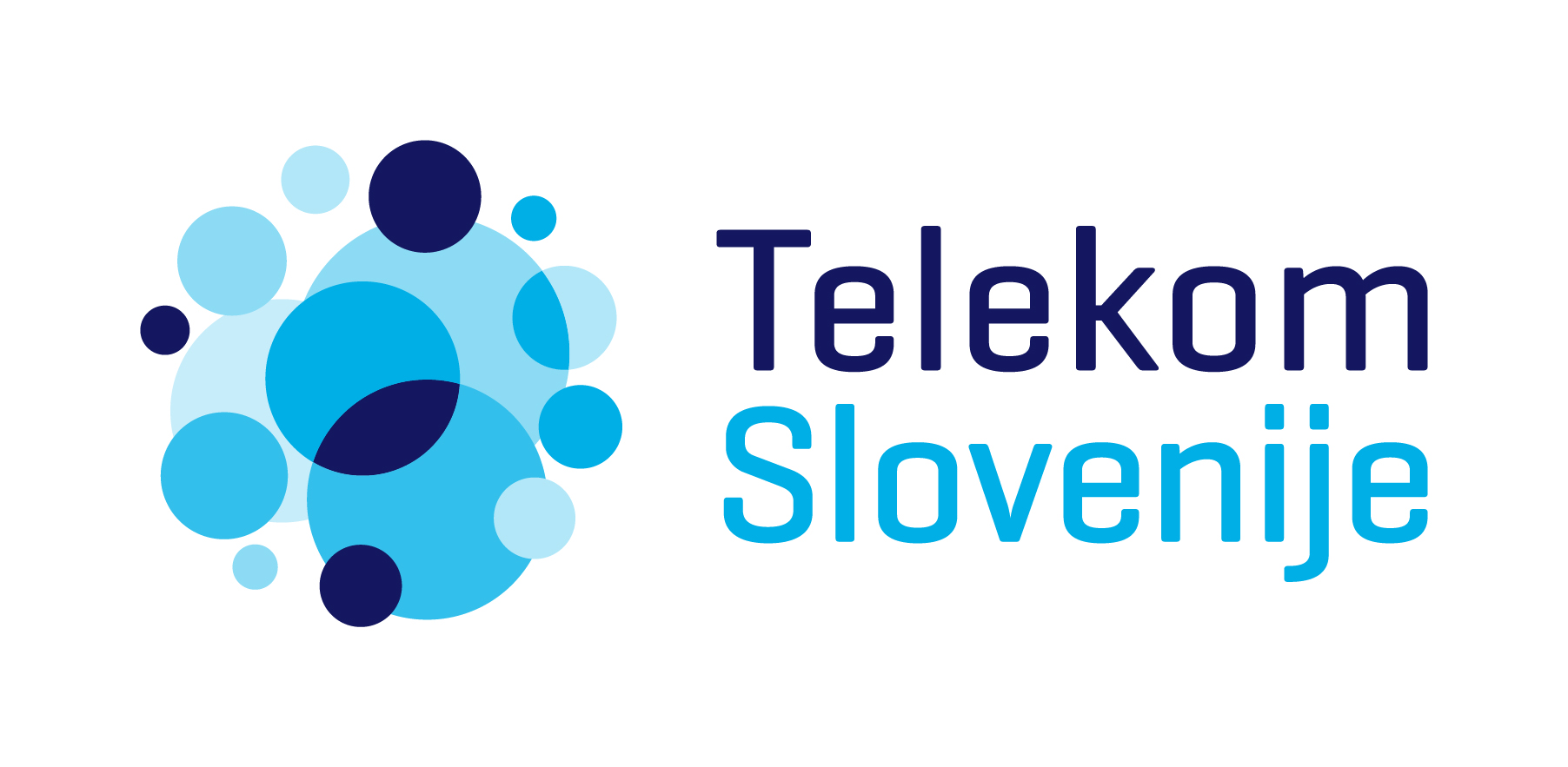By: Jamie Notter, Co-Founder and Culture Consultant, Human Workplaces

Nearly every workplace (except for the very, very small ones) is made up of multiple generations. That has always been the case, and, frankly, it always will be. That’s just how generations work. Obviously different generations get more attention at different times, and sometimes one will dominate for a while, but in the end, it is always a team game, and smart organizations recognize this fact, and learn how to make sense to multiple generations at the same time.
Unfortunately, the smart organizations seem quite rare. In nearly all of the organizations I come across, I notice that their workplace cultures are rooted squarely in generational preferences that are decades old—centering on the Baby Boomer generation, or even those before them. Yet the Millennial generation is already the largest segment of the workforce (in the US, anyway)—a spot they are guaranteed to hold for several decades. Why is the way we run our organizations failing to adapt with the new generations?
Take the issue of workplace culture, for instance. Most organizations consider culture to be something of a “luxury.” That is, they only pay attention to it if they have time, and when they do, they focus on making changes around the edges—better decoration, core values posters, etc.—rather than getting at the heart of their operations. This does not make sense to Millennials, who, according to a Virgin Pulse survey, believe that culture is critically important (77% said it was as or more important than pay and benefits when considering a job).
And even at the level of core processes, we are failing to adapt. For example, most internal staff or team meetings have a similar structure—they happen once per week, the leader develops the agenda and facilitates the meeting, and we typically spend most of the time going around the circle and reporting out on our activities. That meeting structure was born in the early 1900s—at a time when the only way you could share information was to sit around the table and talk. But guess what?! It’s 2018, and the Millennials in your office are wondering why they have to waste time listening to people recite their activities, when all that could have been shared using Slack or some other online interface. Then the meeting time could be put to better use (analysis, problem solving, creative brainstorming, etc.).

In today’s environment, we cannot afford to be using processes and cultures that were designed based on the reality of decades or even centuries ago. It’s not about meeting the needs of the Millennials. It is simply about adapting to a changing reality. The companies that figure out how to do this will consistently attract and retain the best talent and start to run circles around their competitors.
Jamie is a culture consultant at Human Workplaces, where he helps leaders drive growth by activating and aligning workplace culture.


